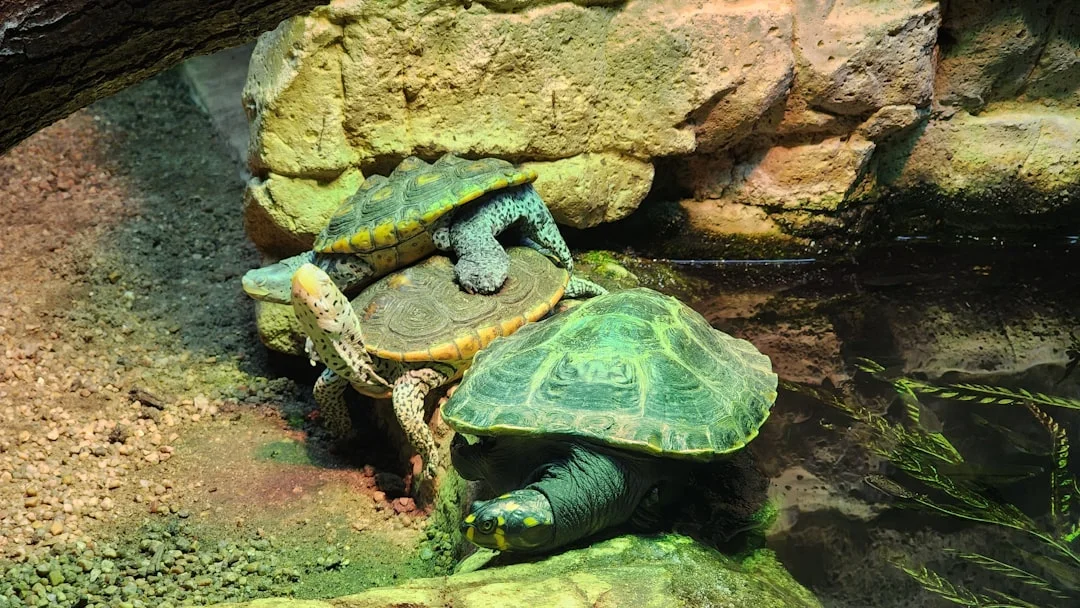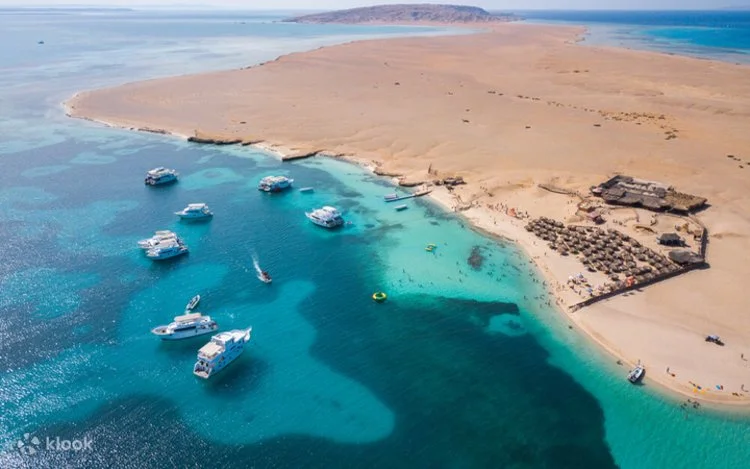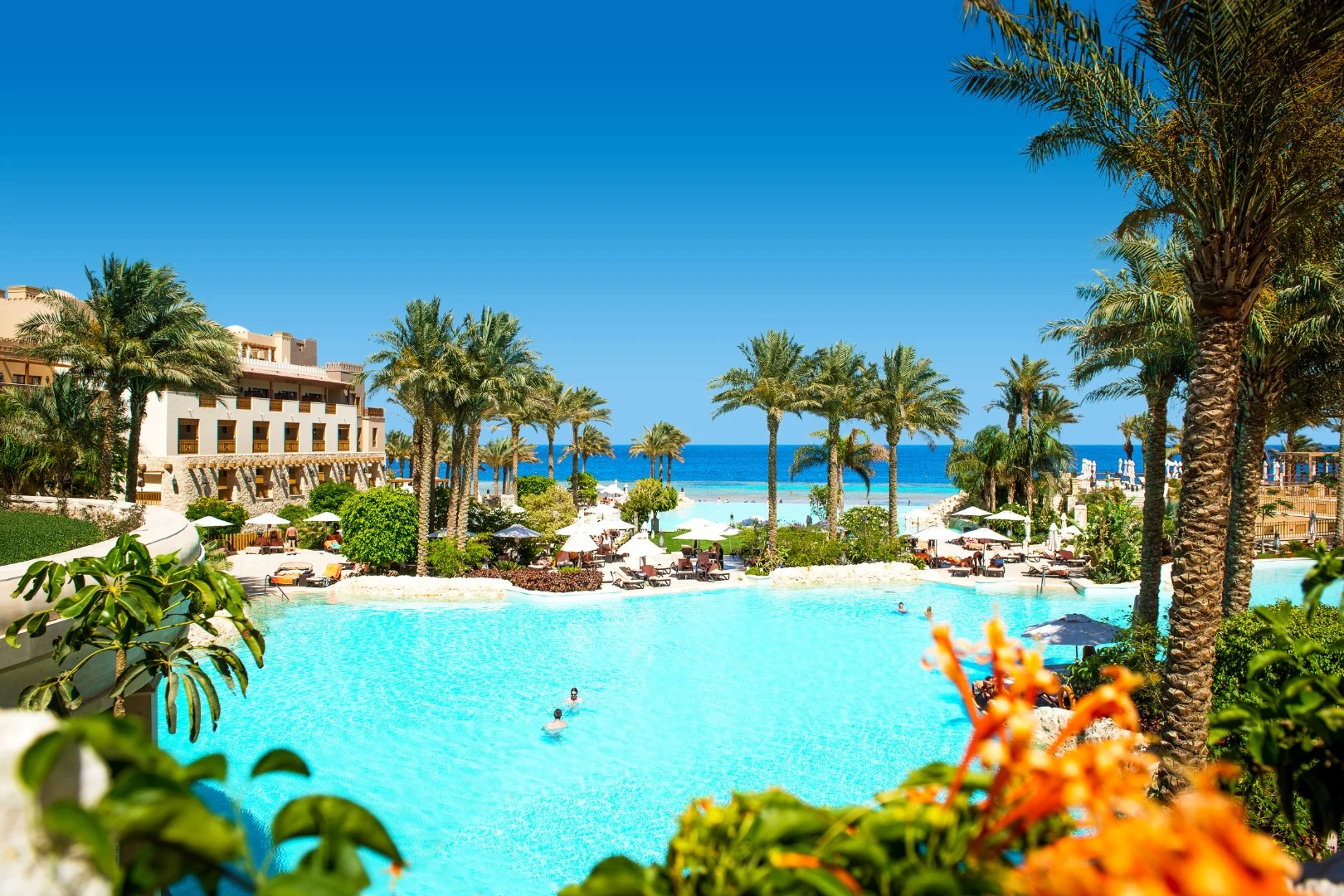House‑Reef Heaven: The Best Red Sea Resorts for Snorkeling and Diving
Quick Summary: Choose resorts with true “house‑reef” access, short boat rides to signature sites, and on‑site pro dive centers. This guide compares resort areas by marine life, entry ease, and proximity to bucket‑list dives so you can step from breakfast to the reef in minutes.

Slip off the jetty, kick twice, and the seabed drops away into blue. That is the luxury of the Red Sea’s best resort reefs: zero commute, maximum water time. In 2025, we revisited Egypt’s shore‑entry gems and nearby marquee dives to map where casual snorkelers, new divers, and underwater photographers will be happiest.
What Makes This Experience Unique
House‑reef resorts let you swim with reef fish before coffee, then return for a night dive under stars. Visibility often holds 20–30 meters, and summer water temperatures sit around 28–30°C; expect 22–24°C in winter, based on our March 2025 spot checks in major bays. Easy ladders, marked snorkel trails, and on‑site guides compress logistics into pure immersion.
Where to Do It (Multiple Locations)
South of Hurghada, sheltered bays in Soma Bay, Makadi, and Safaga deliver calm, beginner‑friendly entries, while central hotels give fast access to the Giftun area by day boat from Hurghada. Farther south, Marsa Alam’s fringing reefs and seagrass lagoons host turtles and, occasionally, dugong; Abu Dabbab’s sandy amphitheater is a favorite shore site at Abu Dabbab Bay.

In Sinai, Sharm El Sheikh resorts combine snug house reefs with quick zodiacs to Ras Mohammed and the Straits of Tiran, and many run early departures to the celebrated World War II Thistlegorm Wreck. Dahab’s shore diving culture suits independent explorers, with mellow reefs steps from cafes. Photographers love Marsa Alam’s blue‑water drop‑offs; families tend to prefer Hurghada’s sandy entries.
Best Time / Conditions
April–June and September–November balance warm water and lighter winds, ideal for snorkelers. July–August offers peak warmth but midday sun can be intense; early sessions help. Winter brings 22–24°C water and clearer air, great for visibility and crowd‑free reefs. Expect stronger currents at points and outer capes; drift‑dive days are common around Sinai’s headlands.

What to Expect (Practical Details)
Most resort house reefs use fixed ladders and marked lines for safe navigation. Outer reefs sit a short ride away; from the Port Ghalib area, Elphinstone’s steep walls are typically 25–40 minutes by speedboat and begin near 10–12 meters, making them better for confident divers. Reputable operators such as Emperor Divers, Blue Ocean Dive Centers, and Camel Dive Club provide guided snorkel briefs, nitrox, and camera rinse tanks.

Who This Is For
Choose sheltered bays for families and first timers, ledge‑and‑lagoon house reefs for macro hunters and photographers, and resort bases near major passes for experienced divers chasing currents and pelagics. If you want turtles and easy snorkeling, Marsa Alam’s lagoons shine; if you crave iconic wrecks and fast drifts, Sharm’s boat network is unbeatable.
Booking & Logistics
When you book, ask for a reef map, jetty distance from rooms, and whether the house reef has both shallow snorkel zones and a drop‑off. Confirm guided snorkel times and entry ladders for winter chop. If you plan boat days, browse curated snorkeling and diving tours and mix in a wildlife‑focused excursion for turtles or dolphins via natural and wildlife tours.
Sustainable Practices
Choose operators with buoyancy checks and briefings, refuse fish‑feeding, and never stand on coral. Use reef‑safe sunscreen or full‑coverage suits to reduce chemicals. In shallow meadows like Abu Dabbab, maintain 5–10 meters from turtles and keep flash off. Local guides note that calm finning and vertical body positions reduce accidental contact on narrow ladders.

FAQs
Are house‑reef dives as good as boat dives?
Different great. House reefs mean multiple, long, low‑stress dives with changing light and behavior—perfect for macro, schooling anthias, and night creatures. Boat days add variety and signature sites; for example, Sinai resorts run to the Thistlegorm at 16–30 meters and Ras Mohammed’s walls when conditions align, while your house reef fills the rest of the day.
Can beginners snorkel safely in winter?
Yes, with planning. Expect 22–24°C water; thin wetsuits or shorties extend comfort. Pick resorts with sheltered entries and wind‑shadowed bays, schedule sessions late morning when air warms, and follow marked snorkel trails. If whitecaps build, stay inside the ladders and avoid drop‑offs. Guides often run escorted sessions tailored to conditions.
How do I choose between Hurghada and Marsa Alam?
Pick Hurghada for broad resort choice, sandy entries, and easy day boats to island reefs; it suits families and mixed‑ability groups. Choose Marsa Alam for quieter bays, turtles and seagrass at Abu Dabbab, and faster runs to blue‑water walls like Elphinstone. Start with Hurghada for convenience, then “graduate” south when you want wilder edges.
From breakfast snorkels to bucket‑list boat days, the Red Sea rewards time spent close to the reef. Begin with a house‑reef base in Marsa Alam near blue‑water walls or a family‑friendly bay in Hurghada, add a day on the storied Thistlegorm Wreck, and build your own rhythm between shore and sea. When you are ready to expand, explore our region overviews on Marsa Alam and plan your water time around Abu Dabbab Bay.
✅ Readability: Grade 8–10


